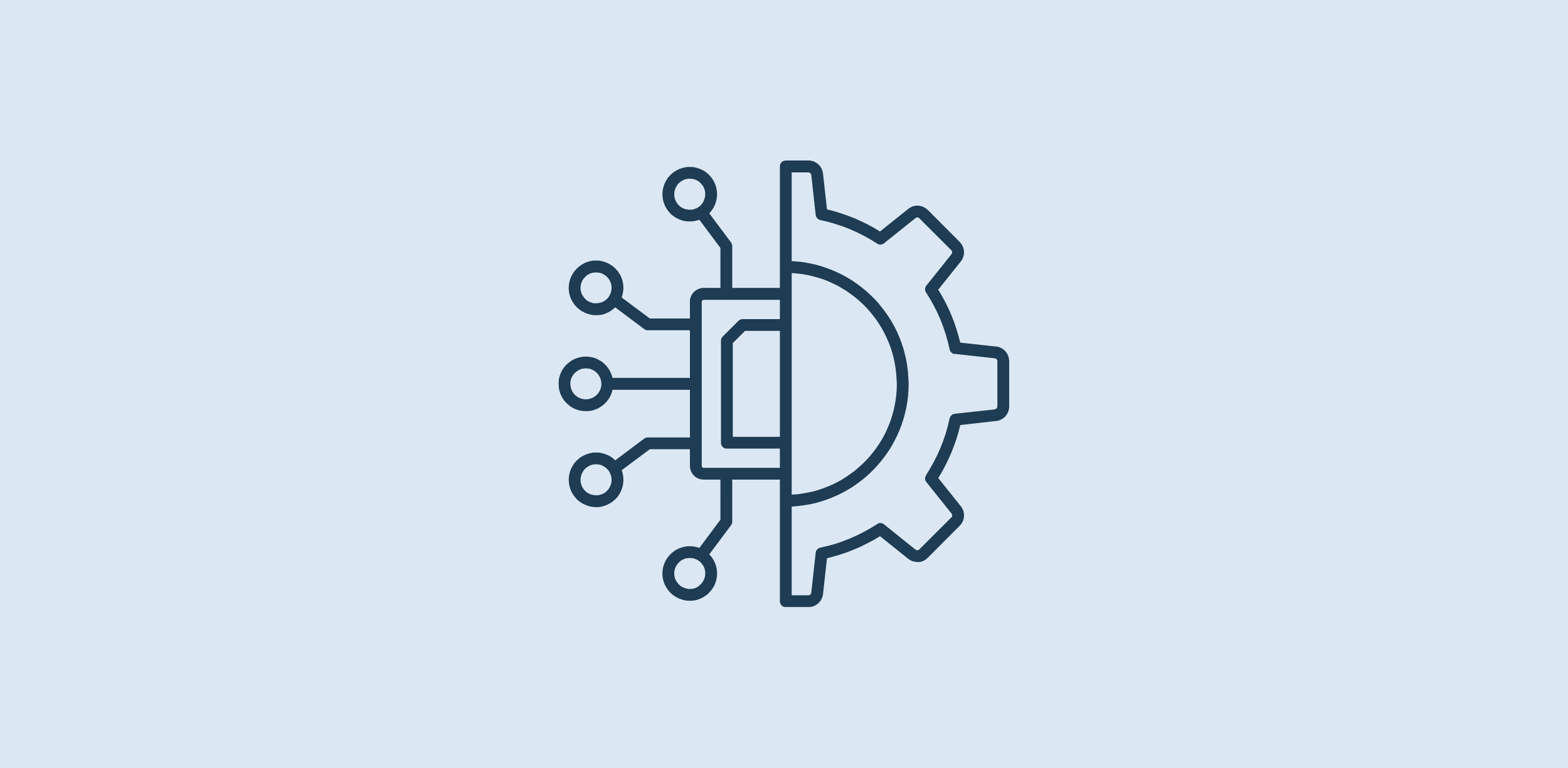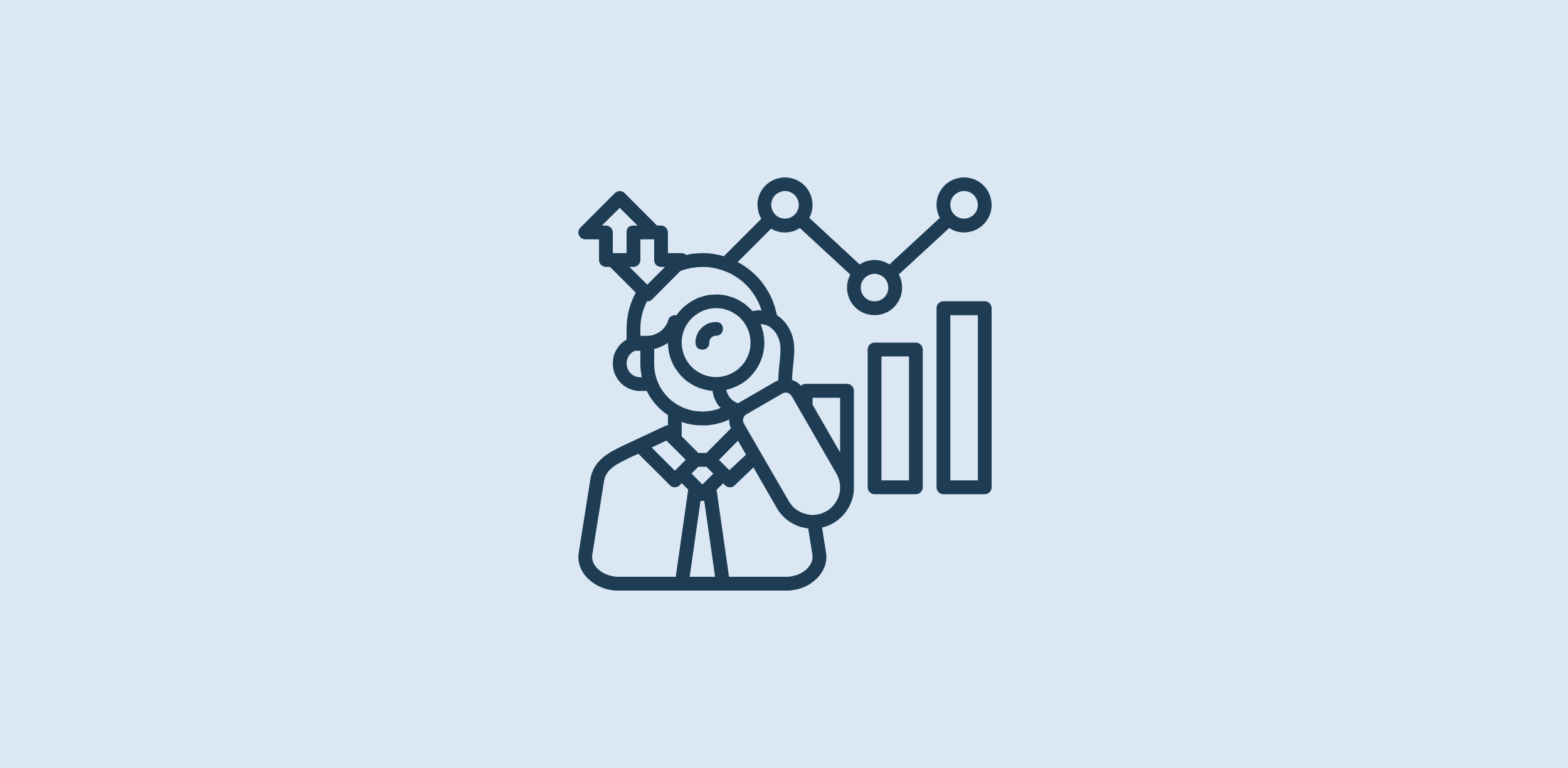For many modern businesses, financial management becomes complex when CRM platforms like Salesforce function in silos from billing or ERP systems. This separation, while allowing companies to use specialized tools for different functions, creates several problems, including data mismatches, manual reconciliation work, and billing delays.
This blog explores the concept of automated order-to-billing reconciliation and how GrowthArc can help enterprises resolve these challenges, making their financial operations smoother and more reliable.
Understanding Different Billing Scenarios
Billing is not always straightforward. Depending on the business model, a single order can evolve into multiple invoices, amendments, or credits over time. To truly add value, an automated reconciliation solution must be flexible enough to support all billing variations, such as:
- Transactional/One-Time Billing: Simple, non-recurring sales invoiced shortly after the order.
- Subscription Billing with Prorations: For mid-cycle changes like upgrades or downgrades, the system must calculate complex pro-rata charges and credits.
- Usage-Based Billing: The billing amount fluctuates based on consumption, with a single order potentially leading to numerous dynamic invoices.
- Multi-Party Billing: Different components of a single order are billed to different entities, requiring separate invoices for each party.
- Partial Fulfillment/Milestone Billing: Invoices are generated as predefined milestones are reached or as portions of goods are delivered over time, common in large projects.
Key Problems with Manual Reconciliation
When order information in Salesforce doesn’t match the data in the billing system, a host of issues arise. These can be due to errors during data transfer, delays, manual mistakes, or different rules in each system. The consequences are significant:
- Data Inaccuracies: Discrepancies lead to financial errors and an imperfect match between order and billing records.
- Inefficient Manual Work: Teams spend excessive time manually comparing data in spreadsheets, which is slow and error-prone. Over 60% of companies still rely on manual reconciliation, and 65% of FinOps teams’ time is consumed by this task.
- Billing Delays & Poor Cash Flow: Data mismatches prevent invoices from being sent on time, negatively impacting a company’s cash flow and revenue recognition.
- Customer Dissatisfaction: Incorrect billing can lead to customer complaints and a loss of trust.
- Lack of Visibility: It becomes difficult to monitor the real-time status of reconciliation efforts, making it hard to identify and fix ongoing problems.
The Value of Automation
Automating the reconciliation process offers substantial benefits that go beyond simply fixing data issues.
- More Accurate Data: Automation ensures CRM order information perfectly aligns with billing records, drastically reducing financial discrepancies and billing errors.
- Cost Savings & Efficiency: By eliminating manual, time-consuming tasks, finance and operations teams can focus on more strategic work, leading to considerable cost savings.
- Faster Financial Closure: The automated reconciliation process enables companies to close their financial books faster.
- Improved Cash Flow: Timely and accurate invoicing leads to timely payments, which boosts cash flow.
- Easier Audits: An automated system provides a clear, documented record of all reconciliation activities, simplifying the audit process.
- Improved Customer Experience: Fewer billing errors result in fewer customer disputes and increased customer satisfaction.
The Automated Reconciliation Process Flow
GrowthArc’s automated solution follows a clear, multi-step process:
- Data Extraction: The system automatically pulls order data from Salesforce and corresponding billing data from the external system.
- Data Normalization: The extracted data is loaded into a central platform, where it is cleaned and standardized for consistent comparison.
- Data Matching: The system applies rules and algorithms to match records using unique identifiers.
- Discrepancy Identification: The system analyzes matched records for variances in key fields like amount or quantity. Unmatched or missing records are flagged.
- Alerting & Notification: High-severity discrepancies trigger automated alerts to the relevant teams.
- Resolution: Stakeholders use a dashboard to investigate and resolve discrepancies in either system. All actions are logged to create an audit trail.
- Reporting: Dashboards provide real-time visibility into reconciliation status, trends, and resolution rates.
Stakeholders Who Benefit
GrowthArc’s Automated order-to-invoice reconciliation solution directly addresses key challenges for multiple teams within an organization:
- Sales Operations: Benefits from faster order processing and fewer customer complaints.
- Billing Operations: Experiences increased efficiency and maximized revenue capture by reducing the manual effort needed to match invoices.
- Finance (FP&A): Gains access to reliable financial data and quick financial closure by eliminating inaccurate reports.
- Customer Service: Resolves billing questions faster and reduce escalations, leading to improved customer satisfaction.
- Management: Gains better trust in financial data, enabling more informed strategic decisions and identifying previously unseen revenue loss.
Conclusion
No matter the billing model, our solution ensures consistency: the total value of what was ordered always matches the total across invoices and credits, with each transaction fully traceable and auditable.
In the end, automated invoice reconciliation is not just about fixing data problems; it’s a strategic imperative for modern businesses. By eliminating manual tasks and bridging the gap between sales and finance with an automated reconciliation solution, you gain a powerful engine for efficiency and accuracy. This shift from reactive, manual processes to a proactive, automated system ensures financial data integrity, accelerates revenue cycles, and empowers every team, from sales to management, with the trusted insights they need to make confident, data-driven decisions. Ultimately, automation transforms a complex, time-consuming challenge into a seamless, competitive advantage.

